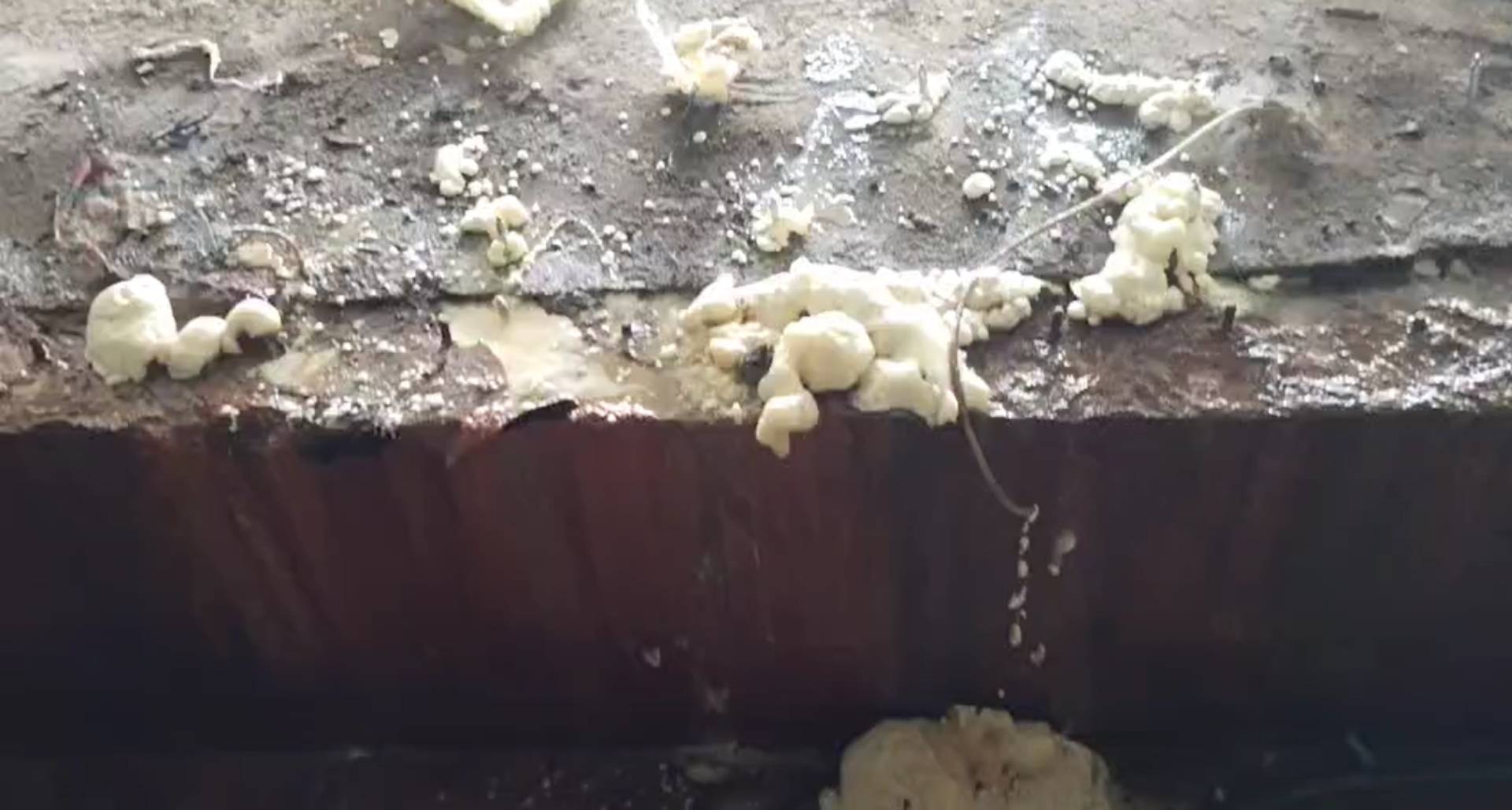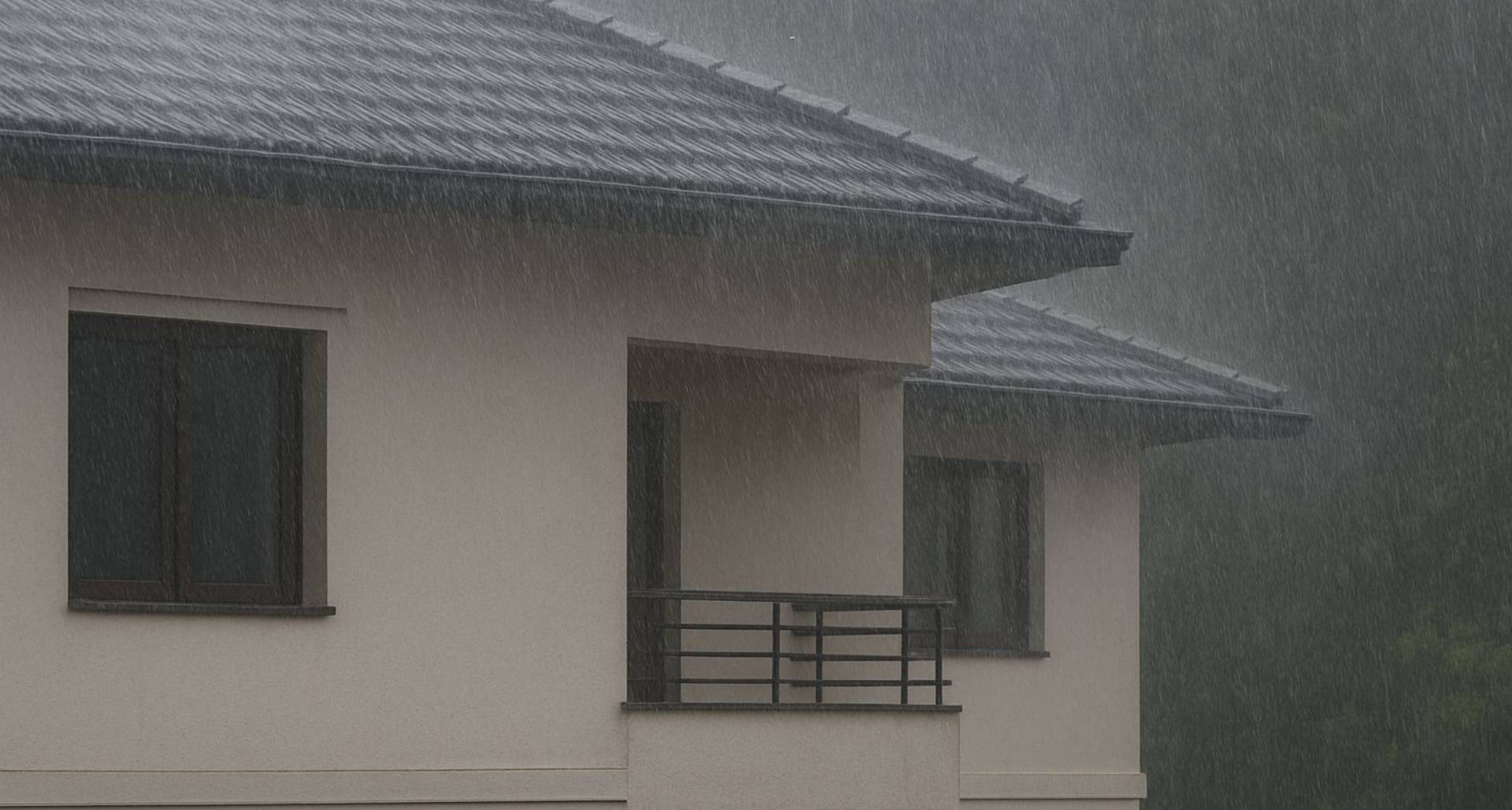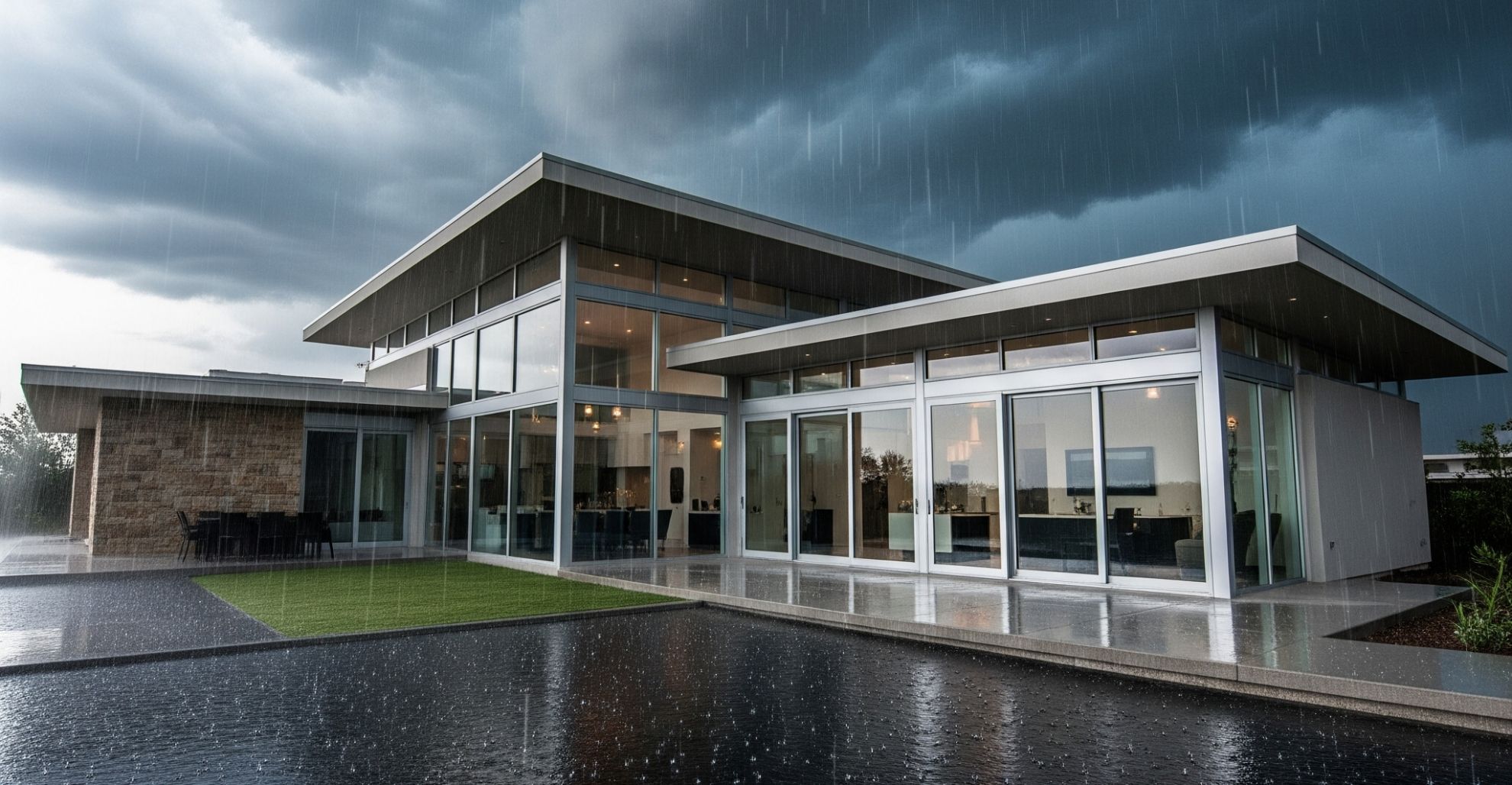How to Choose Waterproofing Membranes for Basement Waterproofing
by Babu George
Originally published on March 14, 2025, 2:14 pm, updated on November 12, 2025
scroll downBasement waterproofing is a critical aspect of basement construction is buildings, especially for owners in areas prone to heavy rainfall or high groundwater levels. A well-waterproofed basement not only protects your building from water damage but also enhances its structural integrity and resale value. One of the most important components of basement waterproofing is the waterproofing membrane. However, with so many options available, choosing the right membrane can be overwhelming.
This article will guide you through the process of selecting the best waterproofing membrane for your basement, discussing the advantages, disadvantages, and cost factors etc.
What is a Waterproofing Membrane?
A waterproofing membrane is a thin layer of water-tight material that is applied to surfaces to prevent water infiltration. In the context of basement waterproofing, these membranes are typically applied to the exterior walls and floors of the basement to create a barrier against moisture and water seepage.
Now, what are Sheet membranes?
They are pre-formed sheets made from various materials, each offering unique properties. They come in rolls of various shapes and sizes.
Below, we’ll explore the advantages, disadvantages, and cost factors of the most common types of sheet membranes:
Types of Pre-formed Waterproofing Membranes
There are several types of waterproofing sheet membranes available, each with its own set of advantages and disadvantages. The most common types include:
- APP (Atactic Polypropylene) Membranes
- PVC (Polyvinyl Chloride) Membranes
- EPDM (Ethylene Propylene Diene Terpolymer) Membranes
- SBS (Styrene-Butadiene-Styrene) Modified Bitumen Membranes
- TPE (Thermoplastic Elastomer) Membranes
- HDPE (High-Density Polyethylene) Membranes
Let’s dive into each of these types in detail.
-
APP (Atactic Polypropylene) Modified Bitumen Membranes
Advantages:
- Cost: APP membranes are the oldest among the sheet membrane waterproofing system and comparatively less expensive compared to other latest systems.
- Water Impermeability: When properly installed, APP membranes provide excellent waterproofing, preventing water penetration.
- Tensile Strength: These membranes possess high tensile strength, meaning they can withstand stress and tension without tearing.
Disadvantages:
- APP membranes are not a fully bonded membrane system which attaches to the raft/grade slab, thus making it to prone to lateral water tracking if the PCC/blind concrete sinks.
- Lower Flexibility in Cold Temperatures: Compared to SBS (Styrene-Butadiene-Styrene) modified bitumen membranes, APP membranes are less flexible in cold climates, which can make them more prone to cracking in freezing conditions.
- Heat Application: The torch application process can be hazardous and requires skilled labour.
- Surface Limitations: APP membranes may not be suitable for all surfaces, especially wet, damp surfaces and proper surface preparation is essential.
- Environmental Impact: The torch application can release fumes, which may be a concern for some homeowners.
- Rooftop Patio Limitations: APP membranes are not always the best choice for rooftop patios, where there is high foot traffic.
- Heat absorption: APP membranes can absorb heat, and increase cooling costs in some circumstances.
- Cost Factor: APP membranes are the cheapest option among the Sheet Membranes/Performed Membranes
b) PVC (Polyvinyl Chloride) Membranes
Advantages:
- Durability and Longevity: PVC membranes are known for their long lifespan, often lasting 20 years or more with proper maintenance.
- Chemical Resistance: PVC is highly resistant to a wide range of chemicals, making it suitable for basement/substructure applications where chemical exposure is a concern.
- Waterproof and Leak-Resistant: Heat-welded seams create a strong, watertight barrier, providing excellent protection against leaks.
- Faster Installation: PVC membranes can be installed in large sheets, which can speed up the installation process.
Disadvantages:
- PVC membranes are not a fully bonded membrane system which attaches to the raft/grade slab, thus making it to prone to lateral water tracking if the PCC/blind concrete sinks.
- Temperature Sensitivity: PVC can be affected by extreme temperature fluctuations, which may cause expansion and contraction.
- Environmental Concerns: The production and disposal of PVC can raise environmental concerns due to the use of certain chemicals. However, recycling options exist.
- Initial Cost: The initial cost of PVC membranes can be higher compared to some other waterproofing materials.
- Potential for Shrinkage: PVC can experience shrinkage over time, especially with temperature changes, which can cause stress on seams and flashings.
- Cost Factor: PVC membranes are referred to as one of the expensive most membrane system in waterproofing.
c) EPDM (Ethylene Propylene Diene Terpolymer) Membranes
Advantages:
- Excellent Water Resistance: EPDM is inherently waterproof, providing a reliable barrier against moisture.
- Durability and Longevity: It’s known for its long lifespan, often lasting for decades, even in harsh underground conditions. It is very resistant to weathering, ozone, and UV radiation, which, although basements are underground, the edges of the membranes can be exposed.
- Flexibility: EPDM remains flexible even in low temperatures, allowing it to adapt to soil movement and potential foundation shifts. This is very important for basement applications.
- Chemical Resistance: It resists a wide range of chemicals found in soil, which is a significant advantage in basement waterproofing.
Disadvantages:
- EPDM membranes are not a fully bonded membrane system which attaches to the raft/grade slab, thus making it to prone to lateral water tracking if the PCC/blind concrete sinks.
- Puncture Susceptibility: EPDM can be punctured or torn by sharp objects during installation or backfilling. Careful handling and protection are essential. This is a large concern when dealing with the rocky soils that can be found surrounding basement foundations.
- Seam Weaknesses: While large sheets minimize seams, those that exist are potential weak points. Proper adhesive or tape application is critical.
- Surface Preparation: The surface must be properly prepared before EPDM installation, which can be time-consuming.
- Cost: EPDM membranes are more expensive than some other sheet membranes.
- Cost Factor: EPDM membranes are moderate in cost compered to PVC membranes.
d) SBS (Styrene-Butadiene-Styrene) Modified Bitumen Membranes
Advantages:
- Excellent Flexibility: SBS-modified bitumen is highly flexible, especially in cold temperatures. This is a crucial advantage in basement waterproofing, where soil movement and temperature fluctuations can occur. This flexibility allows the membrane to accommodate these changes without cracking.
- Strong Adhesion: SBS membranes generally provide good adhesion to various substrates, contributing to a reliable waterproof barrier.
- Durability and Longevity: They offer good durability and can withstand the harsh conditions found in underground environments.
- Water Impermeability: Like other modified bitumen membranes, SBS provides a strong barrier against water penetration.
- Good for Cold Climates: SBS membranes are very well suited for colder climates, because of their flexibility in colder temperatures.
Disadvantages:
- Not suitable for under grade/raft slab: SBS membranes are typically preferred only for retaining wall waterproofing purposes
- Puncture Risk: SBS can be punctured during installation or backfilling. Proper care and protection are essential which can increase cost.
- Surface Preparation: Thorough surface preparation is necessary for proper adhesion, which can be time-consuming.
- Cost: Dimple boards are required to be installed to protect SBS membranes while back filling which can increase cost.
- Sensitivity to some solvents: SBS can be damaged by some solvents, so care must be taken in areas where chemical exposure is possible.
- Cost Factor: SBS membranes are of moderate cost compared to the whole range of sheet membrane systems.
e) TPE (Thermoplastic Elastomer) Membranes
Advantages:
- Flexibility and Elasticity: TPEs offer excellent flexibility, even at low temperatures, allowing them to accommodate structural movement and soil shifts. This is highly beneficial in basement environments. Their elastic nature enables them to stretch and recover, reducing the risk of cracking.
- Chemical Resistance: TPEs exhibit good resistance to a wide range of chemicals, including those found in soil and groundwater.
- Durability: They are known for their durability and long service life, providing reliable long-term waterproofing.
- Ease of Installation: TPE membranes can be installed using various methods, including heat welding or adhesives, which can simplify installation.
- Environmental Considerations: Compared to some other waterproofing materials, TPEs are often considered more environmentally friendly.
Disadvantages:
- Puncture Resistance: While flexible, some TPE formulations may be susceptible to punctures from sharp objects during installation or backfilling. Proper protection is essential.
- Cost: Depending on the specific TPE formulation and application, the cost can be higher than some traditional waterproofing materials.
- Seam Integrity: Proper seam welding or adhesion is critical to ensure a watertight seal. Inadequate seams can be a source of leaks.
- UV Degradation (If Exposed): While basements are generally underground, if portions of the TPE membrane are exposed to sunlight, some formulations may be subject to UV degradation over time.
- Varied Formulations: TPEs come in a wide range of formulations with varying properties. Selecting the appropriate TPE for the specific basement conditions is crucial.
- Cost Factor: TPE membranes generally considered expensive compared to other waterproofing membranes.
f) HDPE (High-Density Polyethylene) Membranes
Advantages:
- Fully Bonded System: Forms a continuous adhesive bond to concrete poured against it specifically designed to prevent water migration. Continuous bond to poured concrete means membranes is unaffected by ground settlement. It is installed with fully adhered watertight laps and detailing.
- Durability & Longevity: HDPE membranes are highly durable and resistant to punctures, tears, and chemical exposure. HDPE membranes have a long lifespan, often exceeding 50 years.
- Ease of Installation: Can be placed directly over properly prepared compacted soil. Does not activate prematurely during construction.
- Requires no priming on surfaces properly prepared following surface preparation requirements
- Provides a barrier to water, moisture and gas – physically isolates the structure from the surrounding ground.
- Impermeable– Perm rating less than 0.1 Perms
- Solar reflective – reduced temperature gain during construction
- Can be applied to permanent formwork – maximizes use of confined sites
- Allows for foot traffic immediately after application
- Ready for immediate placing of reinforcing steel
- Inherently waterproof–does not require water activation
- Waterproofing is not reliant on confining pressures or hydration
- Installed membrane is not affected by exposure to water during construction
- Waterproofing performance unaffected by wet/dry cycling.
- Chemical resistance – protects structure from salt and sulphate attack, effective in most types of soils and water
Disadvantages:
- Cost: HDPE membranes are among the most expensive sheet membranes.
- Rigidity: HDPE membranes are less flexible than other types, making them less suitable for irregular surfaces.
- Puncture Susceptibility: HDPE, while strong, can be punctured by sharp objects during installation or during the backfilling process. This is a significant concern in basement applications where there may be rocks or debris in the soil.
- Installation Sensitivity: Proper installation is critical. Seam welding is essential for creating a watertight barrier, and any errors in the welding process can lead to leaks. This requires skilled and experienced installers.
- Cost Factor: HDPE membranes costs moderately above the medium range waterproofing membranes.
Sheet membranes offer a diverse range of solutions for basement waterproofing, each with its own set of strengths and weaknesses. The choice of membrane—whether APP, PVC, EPDM, SBS, TPE, or HDPE—depends heavily on specific site conditions, climate, budget, and desired performance characteristics. In essence, selecting the right sheet membrane involves a careful evaluation of site-specific needs and a commitment to meticulous installation practices.
Above all, workmanship matters the most. So, choose the waterproofing installer carefully.
Contact us @ +919544308555 if you have a project in mind.





